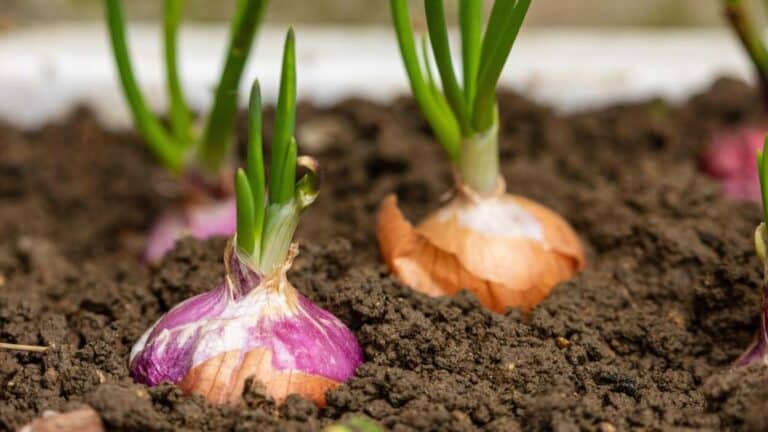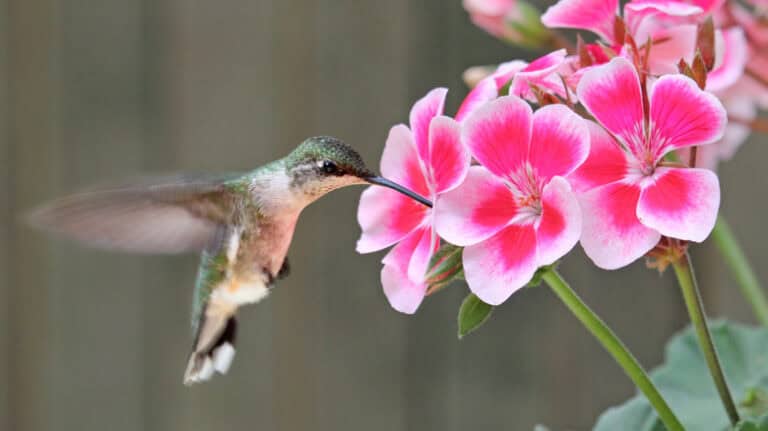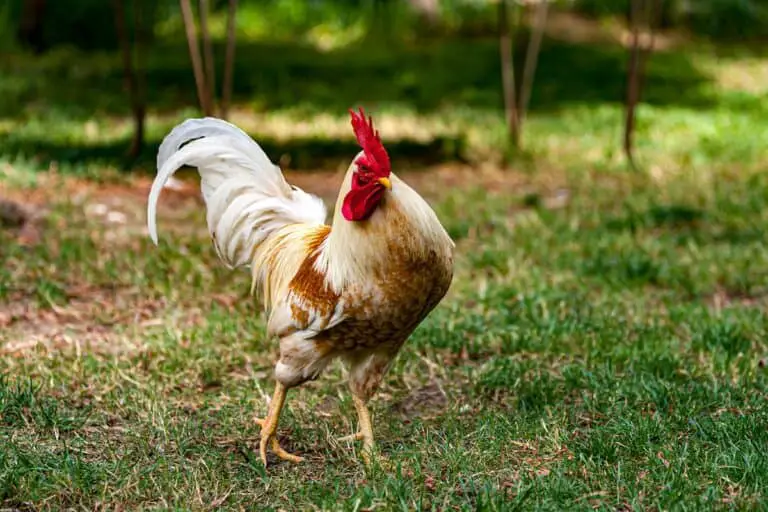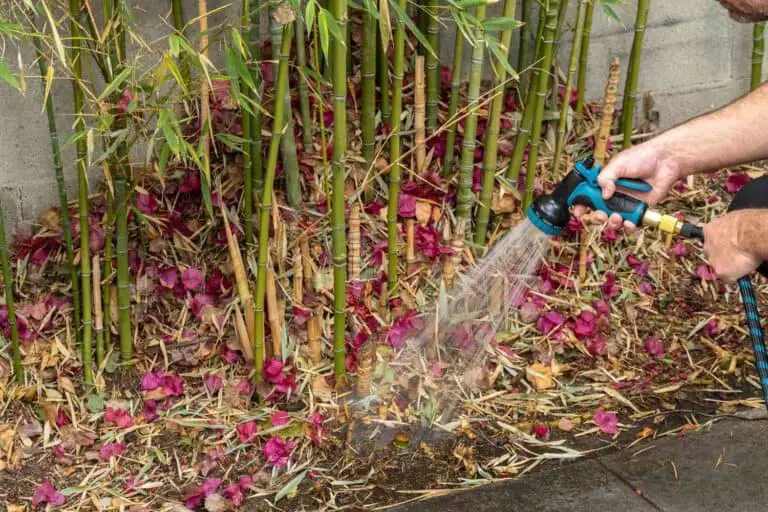How To Get Rid Of White Spots On Rose Leaves: Proven Solutions
To get rid of white spots on rose leaves, remove affected foliage and apply a fungicide. Keep plants well-spaced and water at the base.
White spots on rose leaves often indicate a fungal infection, such as powdery mildew. This common issue can weaken your plants and reduce their beauty. Proper care and preventive measures are essential for maintaining healthy roses. Ensure good air circulation by spacing plants appropriately.
Watering at the base helps keep leaves dry and less susceptible to fungi. Regular monitoring and timely action can prevent the spread of infections. Employing these strategies will help your roses thrive and display their full beauty.

Credit: www.reddit.com
Identifying White Spots
White spots on rose leaves can indicate several issues. Identifying these spots is the first step in treating your plant. Understanding the causes and symptoms will help keep your roses healthy.
Common Causes
White spots on rose leaves are usually caused by:
- Fungal infections: Powdery mildew is a common culprit.
- Insect infestations: Spider mites leave tiny white spots.
- Nutrient deficiencies: Lack of essential nutrients can cause spots.
- Environmental factors: Too much humidity or poor air circulation.
Symptoms To Look For
Identifying symptoms early can save your rose plants. Look for these signs:
- Small, white, powdery spots on leaves.
- Leaves turning yellow or brown.
- Leaves curling or wilting.
- Presence of tiny insects or webs.
If you see these symptoms, act quickly. Early treatment ensures healthier roses.

Credit: www.growinginmygarden.com
Preventive Measures
White spots on rose leaves can be unsightly. They can also harm your plants. To keep your roses healthy, you need to take preventive measures. These actions help avoid problems before they start. Let’s look at some effective ways to prevent white spots on rose leaves.
Proper Watering Techniques
Watering your roses the right way is crucial. Always water the soil, not the leaves. Wet leaves can lead to fungal growth.
- Water early in the morning.
- Use a soaker hose or drip irrigation.
- Keep the leaves dry to prevent fungus.
Choosing The Right Soil
The type of soil you use affects your roses. Good soil can prevent many issues.
| Soil Type | Benefits |
|---|---|
| Well-Draining Soil | Prevents waterlogging and root rot. |
| Loamy Soil | Rich in nutrients and good for roses. |
Always choose soil that drains well. This helps keep your roses healthy.
Natural Remedies
White spots on rose leaves can be a gardener’s nightmare. These spots are often caused by fungal infections. The good news is there are natural remedies to tackle this issue. Let’s explore some effective methods to get rid of white spots on rose leaves.
Homemade Sprays
Homemade sprays are a simple and eco-friendly option. They are easy to make and use ingredients you likely have at home.
- Baking Soda Spray: Mix 1 teaspoon of baking soda with 1 quart of water. Add a few drops of dish soap to help it stick to the leaves. Spray this mixture on the affected leaves once a week.
- Milk Spray: Mix 1 part milk with 2 parts water. Spray this solution on the leaves every 10 days. Milk has natural antifungal properties.
- Vinegar Spray: Combine 2 tablespoons of apple cider vinegar with 1 gallon of water. Spray the solution on the leaves every 14 days.
Beneficial Insects
Beneficial insects can help control pests and reduce white spots. These insects are natural predators of harmful pests.
- Lacewings: These insects feed on aphids and other small pests.
- Ladybugs: Known for eating aphids, which can cause white spots.
- Parasitic Wasps: They lay eggs in pests, keeping their population in check.
| Insect | Target Pest |
|---|---|
| Lacewings | Aphids, Mites |
| Ladybugs | Aphids, Scale Insects |
| Parasitic Wasps | Caterpillars, Aphids |
Using these natural remedies can help maintain healthy rose plants. Keep your garden free from harmful chemicals. Embrace these eco-friendly solutions for a beautiful garden.
Chemical Treatments
Getting rid of white spots on rose leaves can be challenging. Chemical treatments can be effective. This section will focus on safe pesticides and application tips.
Safe Pesticides
Using safe pesticides protects your roses and the environment. Here are some options:
- Neem Oil: Natural and effective against many pests.
- Insecticidal Soap: Safe for plants and kills pests on contact.
- Bacillus Thuringiensis: A natural bacterium that targets certain insects.
Always choose a pesticide labeled for use on roses. Read the instructions carefully.
Application Tips
Applying pesticides correctly ensures their effectiveness. Follow these tips:
- Timing: Apply early in the morning or late in the evening. This prevents leaf burn.
- Coverage: Spray both the tops and undersides of leaves. Pests often hide underneath.
- Frequency: Follow the product’s instructions for reapplication. Do not overuse.
- Weather: Avoid spraying on windy or rainy days. Wind can spread chemicals, and rain can wash them away.
Proper application ensures that pesticides work effectively. It also keeps your roses healthy.
Cultural Practices
Cultivating healthy rose plants requires understanding essential cultural practices. These practices help maintain the health and beauty of your roses. Implementing the right techniques can prevent and eliminate white spots on rose leaves.
Pruning Techniques
Pruning is a vital cultural practice for rose care. Regular pruning ensures proper air circulation. This helps in preventing fungal diseases that cause white spots. Here are some effective pruning techniques:
- Remove dead or diseased canes.
- Cut back to healthy, outward-facing buds.
- Maintain an open center to the plant.
- Prune during dormant seasons for best results.
Sanitation Methods
Sanitation methods are crucial for preventing the spread of diseases. Keeping your garden clean can help eliminate sources of infection. Here are some effective sanitation practices:
- Remove fallen leaves and debris from around the plants.
- Disinfect pruning tools after each use.
- Dispose of infected plant materials properly.
- Avoid overhead watering to reduce leaf wetness.
Implementing these cultural practices will help you maintain healthy roses. Regular pruning and proper sanitation can significantly reduce white spots on rose leaves.
Environmental Controls
Proper environmental controls are crucial for maintaining healthy rose plants. By managing the environment, you can prevent and get rid of white spots on rose leaves. This section covers two key aspects: Humidity Management and Optimal Sunlight.
Humidity Management
Humidity plays a significant role in rose plant health. High humidity levels can cause fungal infections. These infections lead to white spots on the leaves.
To manage humidity effectively, follow these steps:
- Ensure good air circulation around the plants.
- Avoid overhead watering. Use a soaker hose instead.
- Keep the garden clean. Remove dead leaves and debris.
- Space the plants properly. This allows airflow between them.
Monitoring humidity levels is also essential. Use a hygrometer to measure humidity. Aim for a range between 40% to 60%.
Optimal Sunlight
Sunlight is vital for rose plants. They need at least six hours of direct sunlight daily. Proper sunlight exposure helps prevent white spots.
Consider these tips for optimal sunlight:
- Plant roses in a sunny location.
- Trim overhanging branches. This allows more light to reach the plants.
- Rotate potted plants. Ensure all sides receive equal sunlight.
- Avoid planting in shaded areas.
If sunlight is limited, consider using grow lights. These lights mimic natural sunlight and help in plant growth.
Fungal Solutions
White spots on rose leaves are often caused by fungal infections. These can harm the health and beauty of your rose plants. Discovering effective fungal solutions is essential to keep your roses thriving.
Fungicide Options
Using the right fungicide is crucial for treating white spots on rose leaves. Here are some effective options:
- Neem Oil: This natural oil has antifungal properties. Mix with water and spray on leaves.
- Baking Soda Spray: Mix 1 tablespoon of baking soda with water. Add a few drops of dish soap. Spray this solution on affected leaves.
- Commercial Fungicides: Products containing myclobutanil or chlorothalonil work well. Follow the instructions on the label for best results.
Preventing Spread
Preventing the spread of fungal infections helps maintain the health of your rose garden.
- Remove Infected Leaves: Cut off infected leaves and dispose of them properly. Do not compost infected leaves.
- Water Wisely: Water the base of the plant, not the leaves. Wet leaves promote fungal growth.
- Improve Air Circulation: Ensure your plants have enough space. Prune dense areas to allow better airflow.
- Use Mulch: Mulch helps retain soil moisture and reduces splash-back of fungal spores onto leaves.
Combining these fungal solutions can significantly reduce white spots on your rose leaves. Healthy practices and timely interventions ensure your roses stay beautiful and vibrant.
Long-term Care
Long-term care is essential to keep your rose plants healthy. Preventing white spots on rose leaves requires consistent effort. Follow these guidelines to ensure your roses thrive year-round.
Routine Monitoring
Regularly check your rose plants for any signs of disease. Inspect the leaves, stems, and soil. Look for unusual spots, discoloration, or pests. Early detection helps prevent problems from spreading. Use a magnifying glass for a closer look. Consistent monitoring can save your roses from severe damage.
Healthy Plant Maintenance
Maintaining plant health is crucial for preventing white spots. Follow these tips:
- Proper Watering: Water the base of the plant. Avoid wetting the leaves.
- Pruning: Remove dead or infected leaves and stems. Pruning promotes airflow.
- Fertilization: Use balanced fertilizers. Apply as per the instructions.
- Mulching: Apply mulch around the base. Mulch helps retain moisture and prevent weeds.
Consider these practices for long-term plant health:
| Practice | Benefit |
|---|---|
| Regular Watering | Keeps plants hydrated |
| Pruning | Improves airflow and sunlight |
| Fertilization | Provides essential nutrients |
| Mulching | Reduces soil evaporation |
Healthy plants are less likely to develop white spots. Consistent care ensures roses stay vibrant and disease-free.

Credit: bygl.osu.edu
Frequently Asked Questions
What Causes White Spots On Rose Leaves?
White spots on rose leaves are usually caused by fungal infections like powdery mildew.
How Can I Treat White Spots Naturally?
Use a mixture of baking soda and water to treat white spots on rose leaves.
Can White Spots Harm Rose Plants?
Yes, white spots can weaken the plant, affecting its growth and overall health.
Conclusion
Maintaining healthy rose plants requires attention and care. Regularly inspect for white spots and address them promptly. Use natural remedies and proper watering techniques. Keep your garden clean to prevent fungal infections. With these tips, your roses will thrive and bloom beautifully.
Enjoy a pest-free, vibrant garden all season long!






